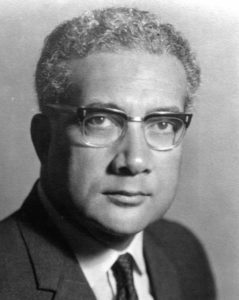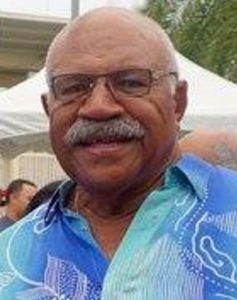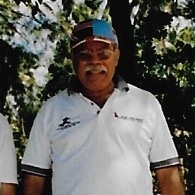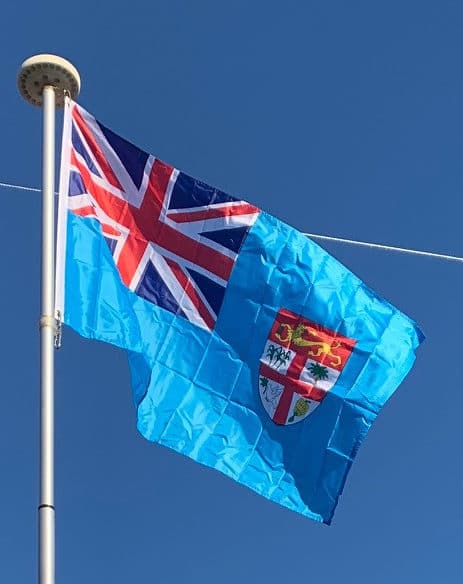
A series of compromises led to the establishment of a cabinet system of government in 1967, with Ratu Kamisese Mara as the first Chief Minister. Ongoing negotiations between Mara and Sidiq Koya, who had taken over the leadership of the mainly Indo-Fijian National Federation Party on Patel’s death in 1969, led to a second constitutional conference in London, in April 1970, at which Fiji’s Legislative Council agreed on a compromise electoral formula and a timetable for independence as a fully sovereign and independent nation within the Commonwealth.
Independence (1970):
The British granted Fiji independence in 1970. Democratic rule was interrupted by two military coups in 1987 precipitated by a growing perception that the government was dominated by the Indo-Fijian (Indian) community. The second 1987 coup saw both the Fijian monarchy and the Governor General replaced by a non-executive president and the name of the country changed from Dominion of Fiji to Republic of Fiji and then in 1997 to Republic of the Fiji Islands. The two coups and the accompanying civil unrest contributed to heavy Indo-Fijian emigration; the resulting population loss resulted in economic difficulties and ensured that Melanesians became the majority.
In 1990, the new constitution institutionalised ethnic Fijian domination of the political system. The Group Against Racial Discrimination (GARD) was formed to oppose the unilaterally imposed constitution and to restore the 1970 constitution. In 1992 Sitiveni Rabuka, the Lieutenant Colonel who had carried out the 1987 coup, became Prime Minister following elections held under the new constitution.

Three years later, Rabuka established the Constitutional Review Commission, which in 1997 wrote a new constitution which was supported by most leaders of the indigenous Fijian and Indo-Fijian communities. Fiji was re-admitted to the Commonwealth of Nations.
The year 2000 brought along another coup, instigated by George Speight, which effectively toppled the government of Mahendra Chaudhry, who in 1997 had become the country’s first Indo-Fijian Prime Minister following the adoption of the new constitution. Commodore Frank Bainimarama assumed executive power after the resignation, possibly forced, of President Ratu Sir Kamisese Mara. Later in 2000, Fiji was rocked by two mutinies when rebel soldiers went on a rampage at Suva’s Queen Elizabeth Barracks. The High Court ordered the reinstatement of the constitution, and in September 2001, to restore democracy, a general election was held which was won by interim Prime Minister Laisenia Qarase’s Soqosoqo Duavata ni Lewenivanua party.

In 2005, the Qarase government amid much controversy proposed a Reconciliation and Unity Commission with power to recommend compensation for victims of the 2000 coup and amnesty for its perpetrators. However, the military, especially the nation’s top military commander, Frank Bainimarama, strongly opposed this bill. Bainimarama agreed with detractors who said that to grant amnesty to supporters of the present government who had played a role in the violent coup was a sham. His attack on the legislation, which continued unremittingly throughout May and into June and July, further strained his already tense relationship with the government.
